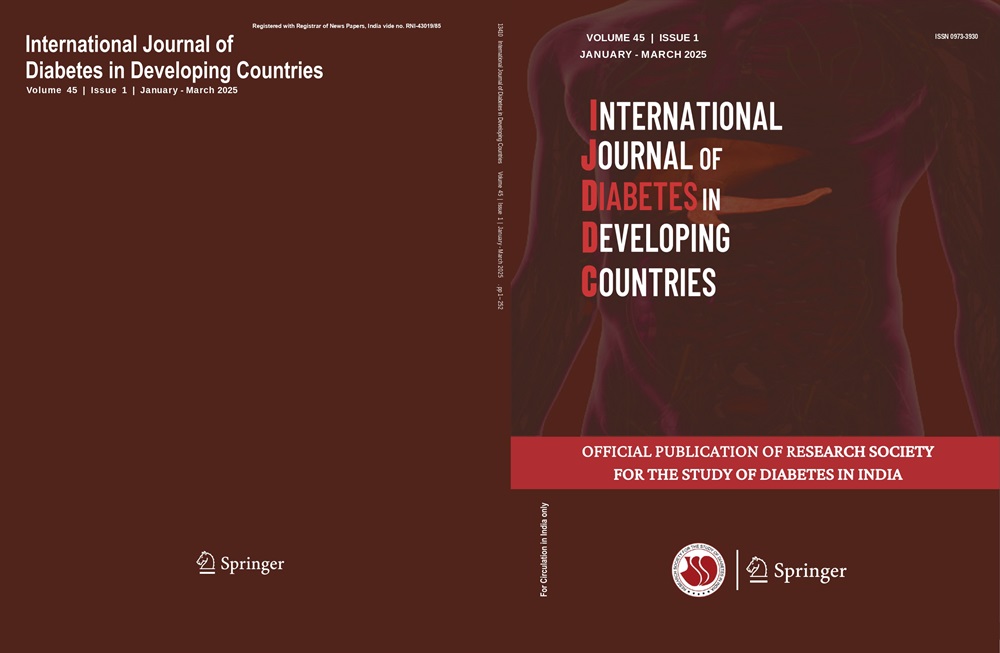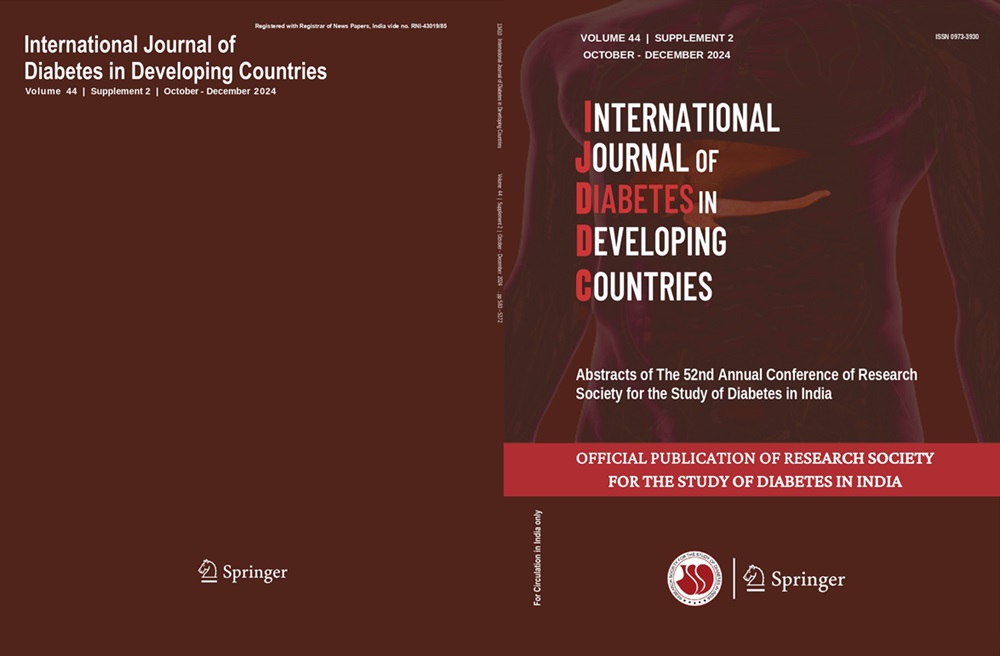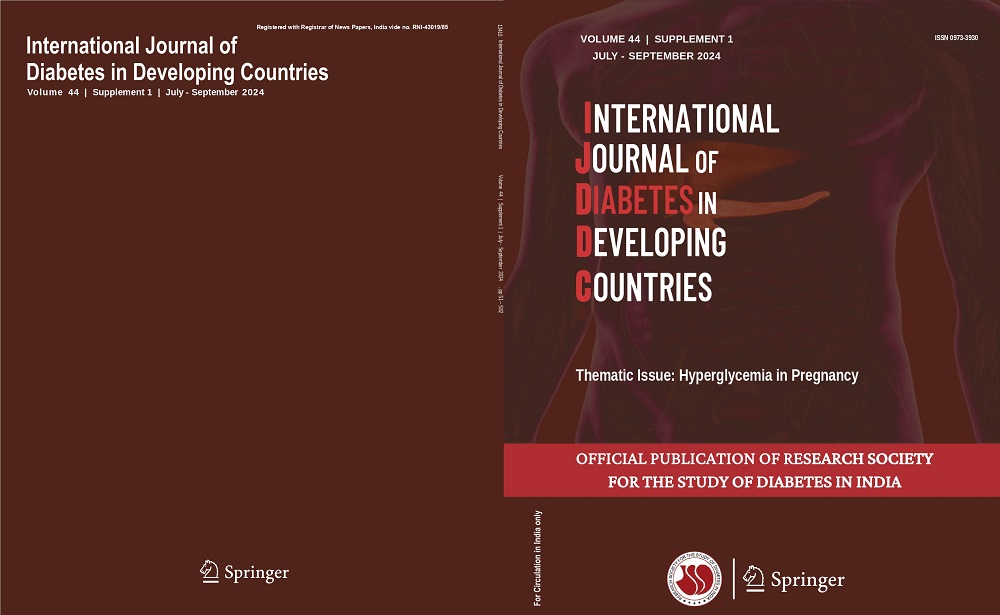Shambo Samrat Samajdar, Shashank R. Joshi, Noor Husain, Khushboo Bisht, Shravan Venkatraman, Shatavisa Mukherjee, Rajeev Chawla
Keywords
Fixed-dose combinations (FDCs) • CDSCO regulation • Pharmacokinetics • Drug synergy • Type 2 diabetes • State licensing authorities • LMICs
Background Fixed-dose combinations (FDCs) have become a mainstay in managing type 2 diabetes in India, offering potential benefits such as simplified regimens, improved adherence, and better glycemic control. However, several irrational FDCs-lacking validated pharmacodynamic synergy or compatible pharmacokinetic profiles-have raised serious safety concerns. In April 2025, the Central Drugs Standard Control Organisation (CDSCO) issued a regulatory ban on multiple antidiabetic FDCs, highlighting critical lapses in drug approval processes.
Objectives To evaluate the regulatory and pharmacological rationale for the CDSCO’s ban, assess the evidence gaps in the banned FDCs and outline actionable strategies to strengthen FDC oversight in India and similar low- and middle-income countries (LMICs).
Methods This review synthesizes regulatory documentation from CDSCO, established pharmacodynamic synergy models (e.g., Chou-Talalay index, isobologram analysis), and clinical pharmacology literature. FDCs were evaluated for pharma- cokinetic incompatibility, lack of synergy, overlapping toxicity, and regulatory bypass under the New Drugs and Clinical Trials Rules (2019).
Results Most banned FDCs bypassed CDSCO review, gaining approval through state licensing authorities (SLAs) despite qualifying as “new drugs.” These combinations lacked synergy validation and often paired agents with overlapping toxicity profiles. The CDSCO’s regulatory intervention reasserts the importance of centralized approval, pharmacological compat- ibility, and scientific rigor in FDC evaluation.
Conclusions The ban marks a turning point in India’s approach to rational pharmacotherapy, with implications for regula- tory harmonization, pharmacovigilance, and evidence-based prescribing. It serves as a model for LMICs aiming to balance accessibility with safety and scientific integrity in chronic disease management




